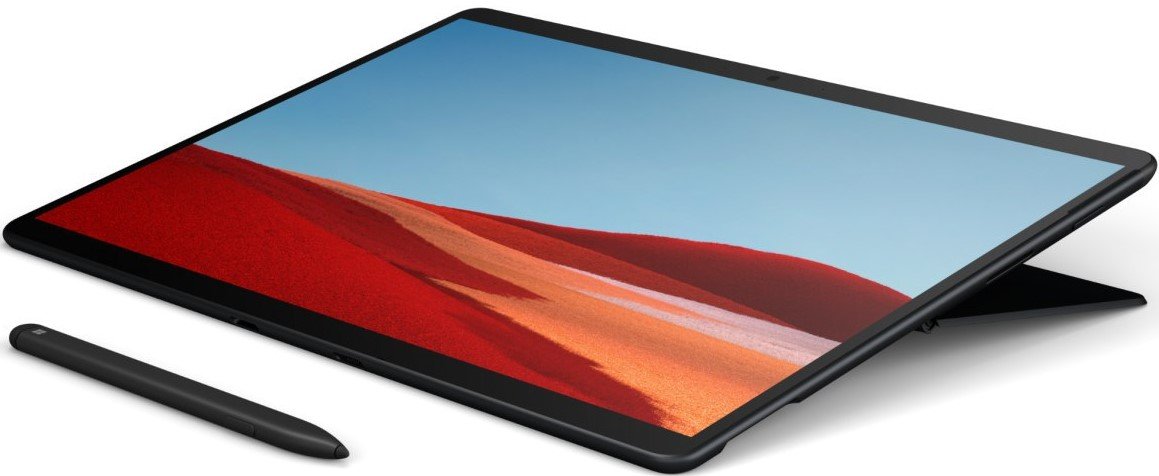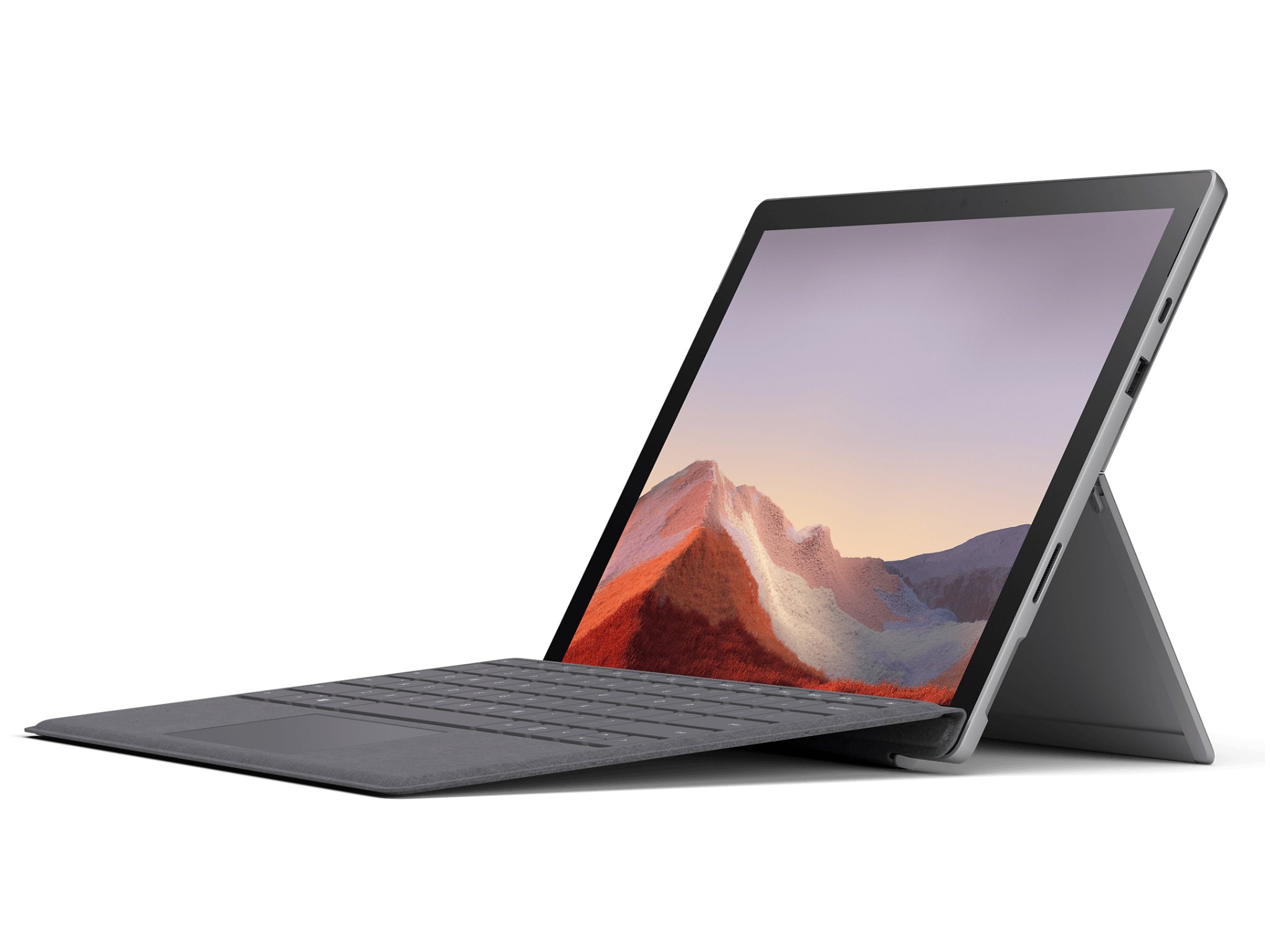New Surface PC lineup shows Microsoft 'matching the right silicon' to the user experience
Microsoft's new customized AMD and ARM Surface CPUs aren't just a flirtation with diversity — they may be crucial to nailing the optimal product experience.
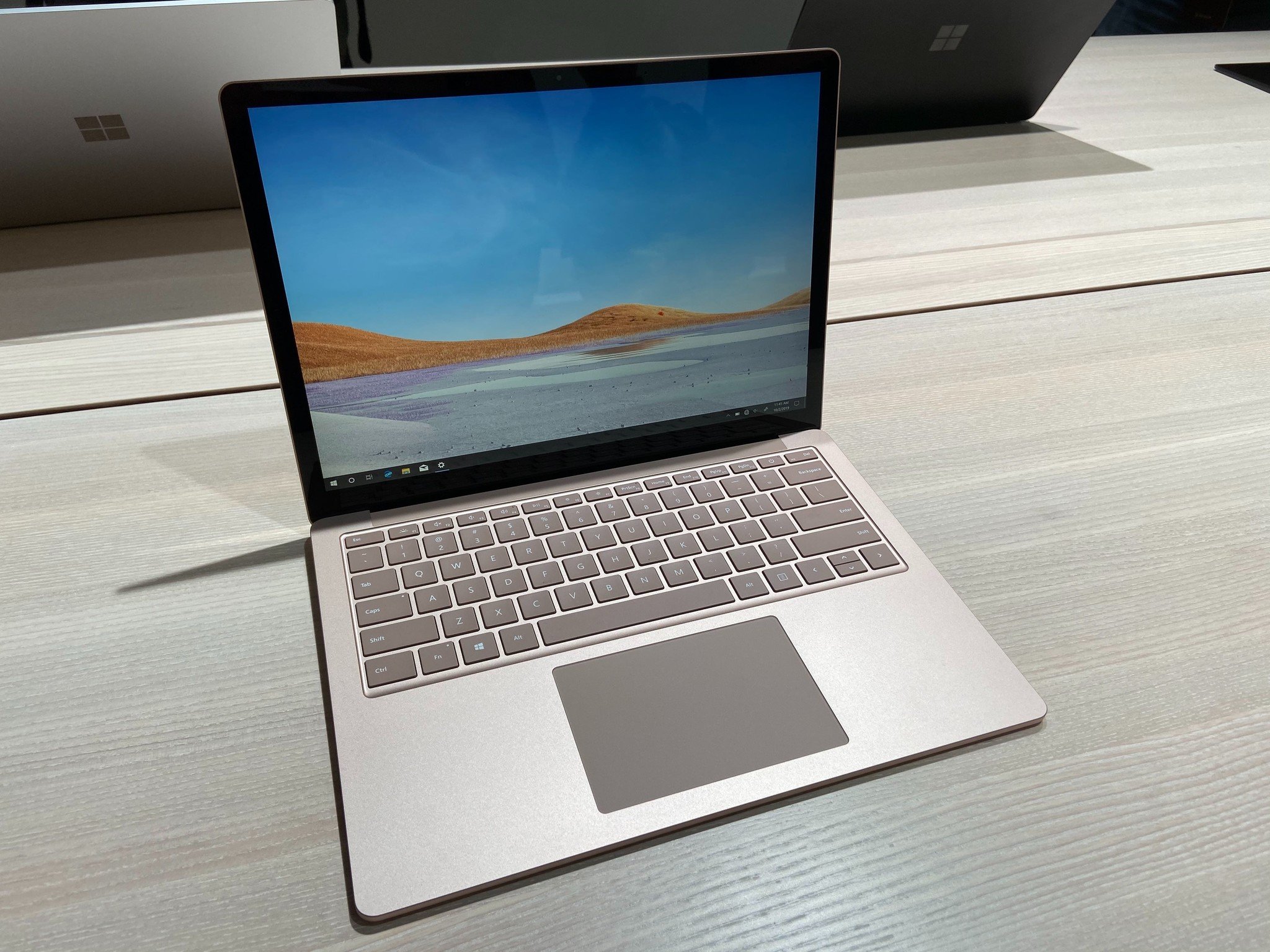
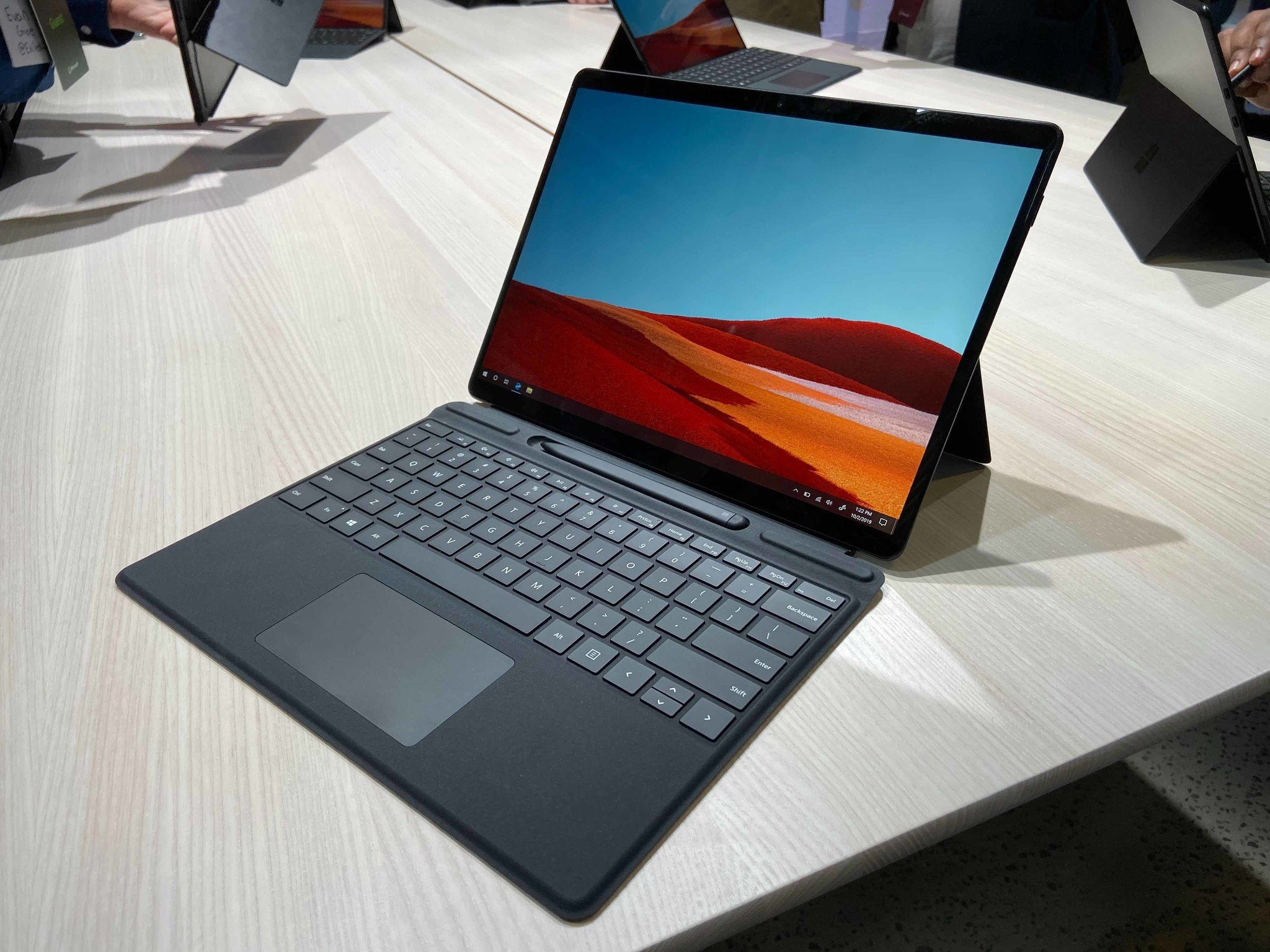

When Microsoft took the stage at its fall 2019 Surface event this week, we were expecting the company to make some big waves. That's exactly what we got, with Microsoft announcing everything from a simple refresh to the Surface Pro 7 to a look at the dual-screen future, with the Surface Neo and Surface Duo.
However, there was another shift in the Surface lineup that may have been overshadowed. Microsoft is now shipping customized CPUs in two Surfaces: the new Surface Pro X and the 15-inch Surface Laptop 3. The former ships with the Microsoft SQ1 chip, a modified version of Qualcomm's Snapdragon 8cx. The latter, meanwhile, taps AMD for a set of tweaked Ryzen CPUs.
Both are major shakeups for a brand that has been almost entirely Intel-based for its entire life.
The right chips matter
Over the years, the Surface brand has expanded to meet many different needs. What started as a unique tablet 2-in-1 hybrid in 2012 with Surface Pro has gradually grown to a brand that now includes a detachable notebook, a premium laptop, a powerful all-in-one aimed at artists, and even a business-focused digital whiteboard and collaboration tool.
With the exception of the original Surface and Surface 2, which both ran Windows RT on NVIDIA's ARM-based Tegra chips, Microsoft has stuck with Intel CPUs throughout Surface's seven-year run thus far. While Windows RT ultimately ended in failure, it showed that Microsoft had its eye on using different chips to meet different needs from the start. That strategy is what Microsoft appears to be returning to with the Surface Pro X and 15-inch Surface Laptop 3, albeit with a much more solid foundation and many more years of experience in place.
"Adding AMD chips — not to mention a modified Qualcomm ARM chip to the Surface X — means that Microsoft is focused on matching the right silicon to the right product experience for users," says J. P. Gownder, a vice president and principal analyst at research group Forrester. "Any time you are matching the right components to the product experience customers want, that's a net good," Gownder notes.
With the Surface Pro X, Microsoft is looking to transform the Surface Pro lineup with a thinner, sleeker device built around mobility. The 15-inch Surface Laptop 3 is focused on providing a little more power, particularly in graphics, for those who need it on the go. The key here, Gownder said, will be making sure that these new chips work as well with Windows 10 as Microsoft hopes.
Get the Windows Central Newsletter
All the latest news, reviews, and guides for Windows and Xbox diehards.
Finding the right fit
It's here that the work Microsoft has done to customize the SQ1 and AMD Ryzen chips will matter. Rather than just slapping off-the-shelf Snapdragon 8cx and Ryzen chips in these new Surfaces, Microsoft says it has implemented several tweaks to get the experience it envisions.
With the SQ1, for example, Microsoft has increased the 8cx's clock speed and pushed its graphical power up to two teraflops. While the AMD Ryzen 5 and Ryzen 7 CPUs look very similar to the chips found in other laptops, Microsoft has added an extra GPU core and done some extra legwork with the drivers to make sure performance hits its targets.
Gownder says Microsoft is "following Apple's lead" here, referring to the iPhone maker's strategy of developing customized silicon to fit its needs. "Sometimes, the only way to get the right experience outcome is by doing it yourself."
With the Surface Pro X, Microsoft may be aiming to give Windows 10 on ARM a boost as well. "[Of] course ARM hasn't lived up to Microsoft's hopes for Windows 10 up to now, so it's part of the company's attempt to get mobility working better on Windows 10," Gownder says. "If it becomes popular, it might inspire other OEMs to develop similar products on Windows 10 as well."
Where does this leave Intel?
While AMD and ARM chips may be entering the picture, Intel is still very much "in the driver's seat," Gownder says. "It certainly is something for Intel to keep an eye on, but it's not immediately a moment for panic."
The vast majority of the updated Surfaces still run on Intel silicon, including the full gamut of 13-inch Surface Laptop 3 models and Surface Pro 7. It's telling, too, that Microsoft is offering an Intel variant of the 15-inch Surface Laptop 3, but only for business users.
Looking forward, Intel chips aren't going anywhere, and that's made obvious by Microsoft's upcoming dual-screen Surface Neo. The foldable PC is the first mass-market device to use Intel's "Lakefield" CPU. Lakefield is a next-generation chip that uses Intel's Foveros 3D packaging tech to bundle a mix of low- and high-power CPU cores on a tiny chip.
In any case, this is an exciting time to be a Surface fan. There's more choice than ever across the lineup, and with things like the Android-powered Surface Duo on the horizon, that doesn't look to be slowing down anytime soon.
Microsoft Surface fall 2019 event: Everything announced
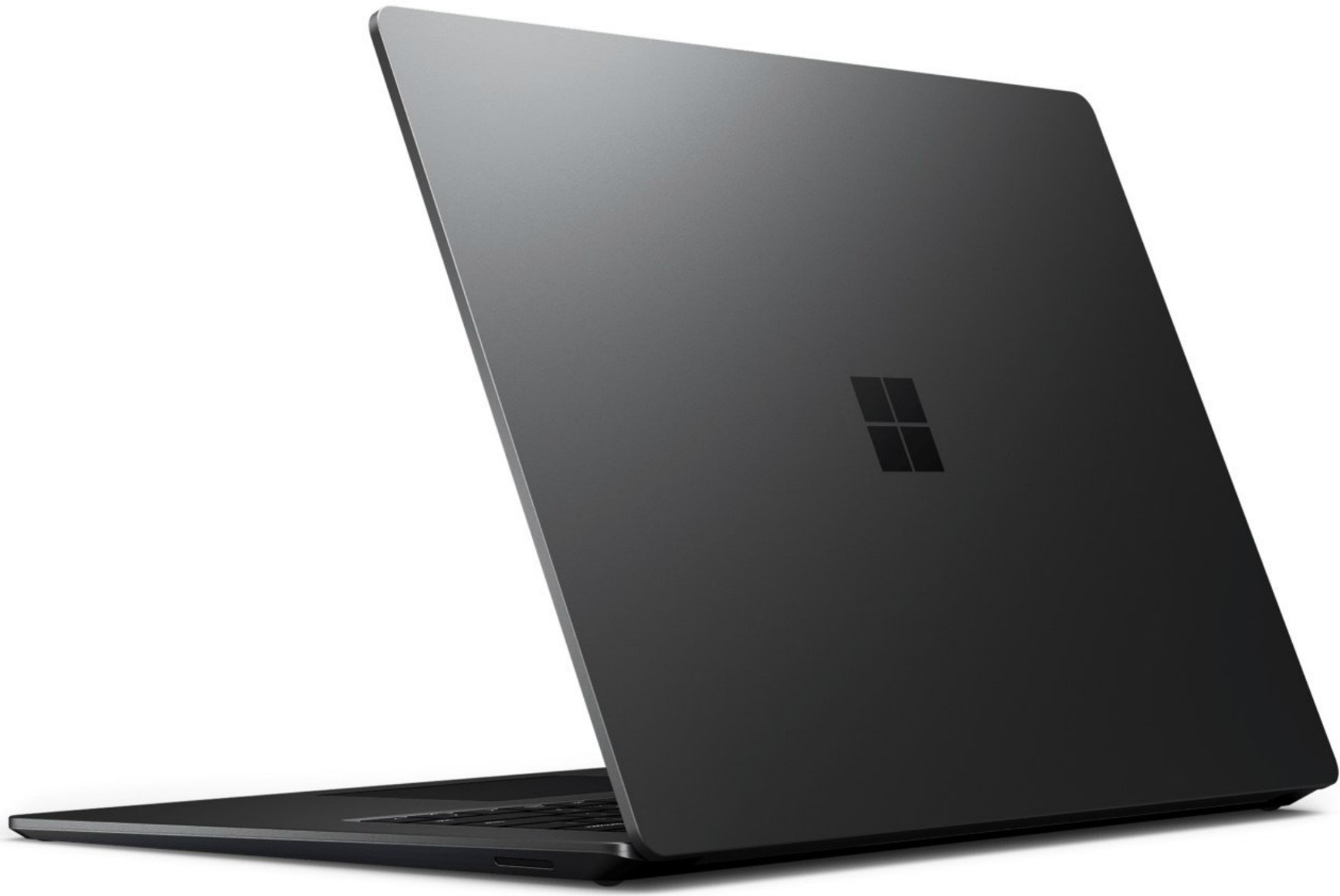
Get yours while it's hot
The Surface Laptop 3, available in both 13.5- and 15-inch configurations, is sure to please anyone looking for a premium Ultrabook.
Dan Thorp-Lancaster is the former Editor-in-Chief of Windows Central. He began working with Windows Central, Android Central, and iMore as a news writer in 2014 and is obsessed with tech of all sorts. You can follow Dan on Twitter @DthorpL and Instagram @heyitsdtl.
